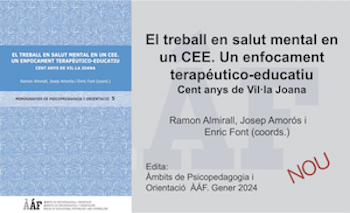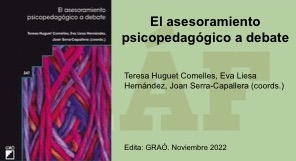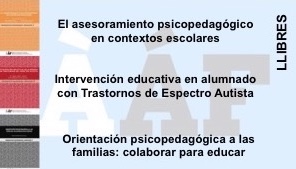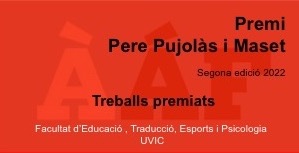Educational therapy intervention guidelines for secondary schools
Abstract
The direct work with Secondary students with behavioral problems requires a view of the teaching practice that goes beyond the basic academic task. The essence of the educational therapy intervention that the writer proposes is to promote the self-esteem and self-confidence in students, to help them to establish and re-establish their confidence in others, to work on the comprehension and expression of their emotions and to build trust and affection between teacher and student. Most of these students show aggressive attitudes and behavior, which we also have to work on. It is not a question of repressing their aggression, but to show them how to channel it in a positive rather than destructive way. The writer offers some guidelines or strategies as examples of her daily practice in a Secondary School. It is necessary to propose some changes in the organizational strategies in our schools and also in our teaching priorities, whilst always keeping a professional and thoughtful approach.
References
CANTON DUARTE, J. i CORTÉS ARBOLEDA, M.R. (2000). El apego del niño a sus cuidadores. Madrid: Alianza Editorial.
CASTELLANA, M., SANCHEZ-CARBONELL, X (2006). La relació de l’adolescent amb les TIC: Un tema de rellevància social. Full informatiu Col·legi Oficial de Psicòlegs de Catalunya,192, 22-23
ORTIZ, M. (2003). "Intervenció educativoterapèutica amb alumnes amb trastorns de la personalitat i la conducta en un centre d’educació especial". Guix, 298, 50-54
ORTIZ, M. (en premsa). “La pràctica educo-terapèutica amb alumnes amb trastorns greus del comportament”. Suports a l’educació especial.
TOBEÑA, A. (2001). Anatomía de la agresividad humana: de la violencia infantil al belicismo. Barcelona: Galaxia Gutenberg.
VINYAMATA, E. (Coord) (2003). Aprender del conflicto: conflictología y educación. Barcelona: Editorial Graó.
WICKS-NELSON, R. (2001). Psicopatología del niño y del adolescente. (3ª ed). Madrid: Pearson Educación, S.A.
Downloads
Published
Issue
Section
License
The authors maintain their copyright and give the right to the first publication of the work to the journal, registered under a Creative Commons Attribution-Non Commercial-NoDerivs license. This license allows others to download the works and to share them with others as long as they credit the author, but it does not allow for any kind of modification or commercial use.















